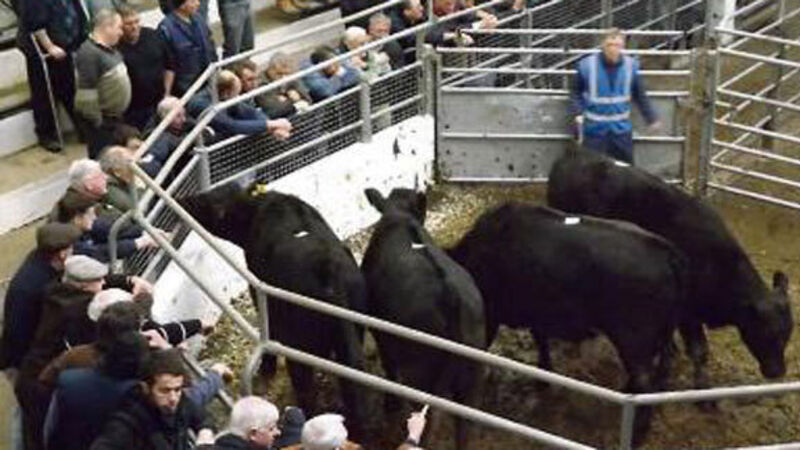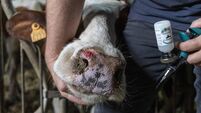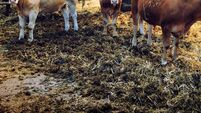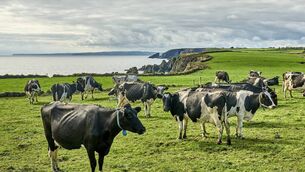Beef prices unchanged despite supply increase to factories

The base price quoted for steers this week continued at 385-390 cents/kg, with most of the steers making 390 cents/kg, and some finishers managing to negotiate a few cents more, although it is not being conceded easily by processors, who are under less pressure now to get supplies.
Heifer prices continue at a premium of 10 cents/kg over steer prices, on the 395-400 cents/kg range on offer.










